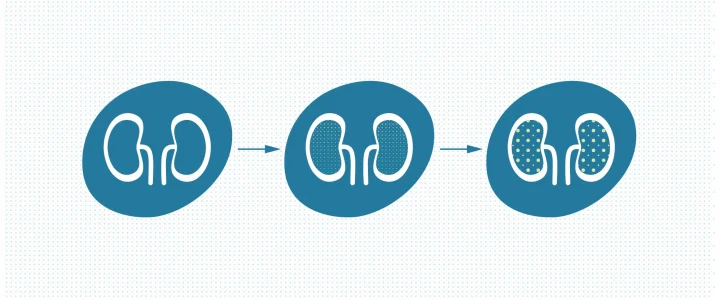Developing a 3D in vitro proximal tubule model for chronic toxicity studies

The kidney proximal tubule is of key interest in drug discovery. This is due to its primary role in the excretion and reabsorption of xenobiotics, such as drugs and carcinogens.
Current primary cell culture models using kidney proximal tubule cells, grown on permeable filter supports, enable us to accurately predict renal tubular transport and nephrotoxicity of such xenobiotics. Arguably, freshly isolated proximal tubule cell models remain the gold standard of both transepithelial flux and nephrotoxicity prediction assays.1
Nevertheless, at Newcells Biotech, we are dedicated to building models that incorporate the “best biology” for predicting in vivo outcomes. Though our current proximal tubule models express high levels of all major transporter proteins, they have a functional lifespan of 10 to 14 days, which somewhat reduces their utility by limiting long-term exposure studies often performed in vivo.
Our ambition is to extend the lifecycle of our model by advancing it to a 3D model. In line with the development of the neonatal proximal tubule, we are adding the supporting cellular architecture that is critical for the continued growth of the epithelium. With our extraordinary access to transplant grade human tissue, we have a unique ability to culture isogenous primary cell types from the same kidney, which has the potential to make the model entirely patient-specific. In addition, we can optimise the fidelity of the model by using fully differentiated peritubular derived endothelial and other cell types, rather than adding cells of non-renal origin, which may be less differentiated or of non-human origin.
The advancement of our model will offer us the ability to perform chronic, low dose exposure studies to measure longer treatment regimens and study chronic kidney toxicity, enabling our customers to gain a more accurate prediction of tissue-level clinical outcomes. We expect that this will positively impact the pre-clinical drug discovery pipeline, helping to further prevent costly failures in late-stage clinical trials.
We are optimistic that the development of our kidney proximal tubule cells model will allow us to offer our customers an increasingly flexible service, in addition to the high quality, tailored and reliable service that Newcells Biotech are already passionate in providing.
References:
- Vriend, J. Pye, K.R. Brown, C. In vitro models for accurate prediction of renal tubular xenobiotic transport in vivo. Current Opinion in Toxicology. 2020; https://doi.org/10.1016/j.cotox.2020.12.001
Share on social media:
Don't miss out on our latest innovations: follow us on Linkedin
Newcells Biotech
26th January, 2021
Kidney


